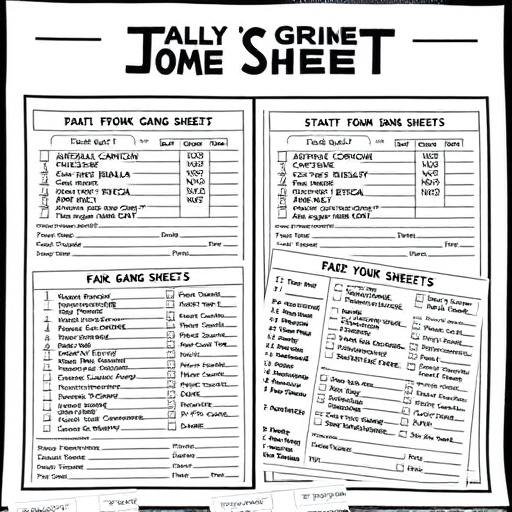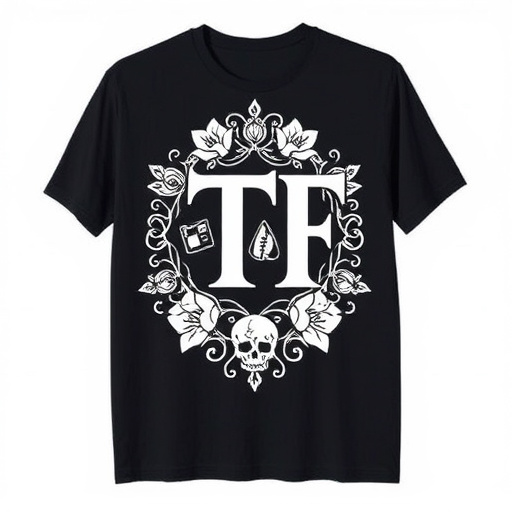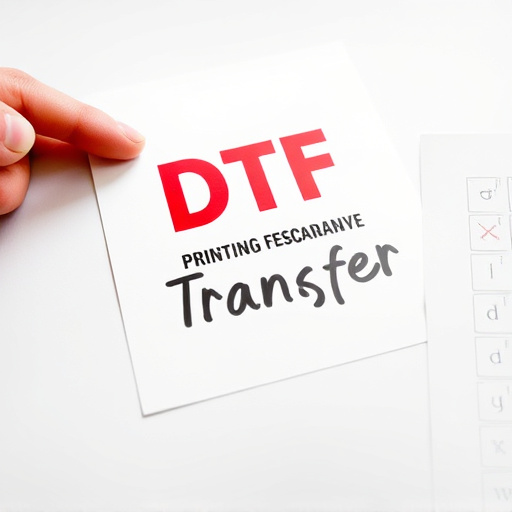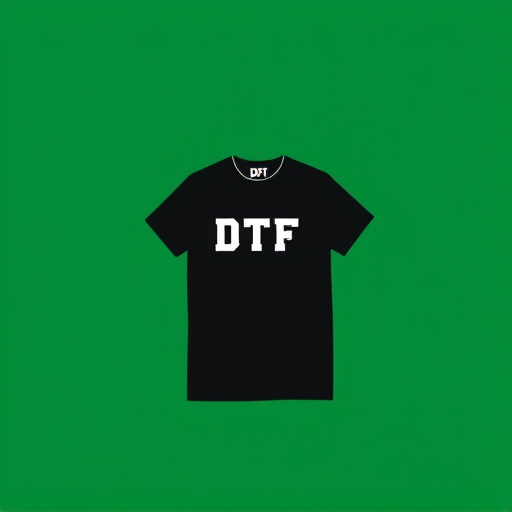Same Day DTF Printing offers a swift and precise solution for custom textile design production, leveraging DTF transfer sheets for intricate logos on fabrics. Efficiency requires top-tier printers, optimized materials, meticulous inventory management, and streamlined workflows. Quality control measures ensure color accuracy and detail while optimizing production lines through workflow streamlining, automation, efficient inventory, and data analytics.
“In today’s fast-paced world, same day DTF (Direct To Forme) printing has emerged as a game-changer for manufacturing. This efficient process demands optimized production lines to meet tight deadlines. This article explores the critical aspects of streamlining your DTF printing workflow, from understanding the unique requirements to implementing quality control strategies. By delving into these key areas, you can enhance productivity and ensure exceptional same day DTF printing results.”
- Understanding Same Day DTF Printing Requirements
- Streamlining Production Lines for Efficiency
- Quality Control and Optimization Strategies
Understanding Same Day DTF Printing Requirements

Same Day DTF Printing demands a deep understanding of the unique requirements involved in rapid production. This fast-paced printing method is particularly valuable for clothing brands and other businesses needing to quickly produce custom designs on textiles. The process involves using dtf transfer sheets to apply intricate logos or patterns directly onto various fabric types, enabling efficient small-batch or even single-piece production within a short timeframe.
To optimize this process, it’s crucial to invest in the best DTF printer available and ensure that all materials, including inks and press settings, are tailored for speed and quality. Efficient inventory management of dtf transfer sheets is also vital, as is a streamlined workflow designed to minimize delays at each step, from design input to final product inspection.
Streamlining Production Lines for Efficiency

To optimize production lines for same-day DTF (Direct to Fabric) printing, streamlining processes is paramount. Efficient production starts with a well-organized workflow that minimizes waste and maximizes throughput. This involves integrating advanced machinery capable of high-speed printing and cutting, ensuring precise registration and consistent quality across batches. By implementing lean manufacturing principles, such as eliminating non-value-added steps and fostering continuous improvement, manufacturers can significantly enhance productivity without compromising accuracy or speed.
Custom DTF transfers, utilizing DTF heat transfer paper, are a key component in this streamlined approach, especially for DTG (Direct to Garment) printing on apparel. Optimized production lines leverage these custom prints’ versatility, enabling the rapid customization of clothing and accessories. This not only caters to the demand for personalized, on-demand products but also ensures that the process remains efficient, allowing businesses to meet tight deadlines for same-day delivery.
Quality Control and Optimization Strategies

Ensuring top-tier quality is paramount in same-day DTF (Direct to Fabric) printing to meet tight deadlines and maintain customer satisfaction. Implementing robust Quality Control (QC) measures throughout the production line can significantly optimize outcomes. Begin with a meticulous inspection of raw materials, including checking ink consistency and fabric prep for any defects or impurities that could impact print quality. Each stage of the DTF transfer process should be rigorously monitored, from design to application, to ensure precise color reproduction, crisp details, and even ink distribution across the fabric’s surface.
Beyond QC, optimizing production lines involves strategic adjustments to streamline workflows. Automating repetitive tasks like fabric cutting and press settings can accelerate the production pace without sacrificing accuracy. Efficient inventory management is also crucial, especially for bulk DTG shirt production, ensuring that essential supplies are readily available to prevent delays. Additionally, leveraging data analytics to identify bottlenecks and inefficiencies enables continuous improvement, ultimately enhancing overall production efficiency for DTF transfers tailored for light fabrics.
Optimizing production lines for same-day DTF printing involves a strategic approach that combines understanding specific requirements, streamlining processes, and implementing quality control measures. By efficiently managing these aspects, printing businesses can enhance their capabilities to deliver high-quality, customized products promptly. Embracing these strategies is key to staying competitive in the fast-paced world of same-day DTF Printing.














